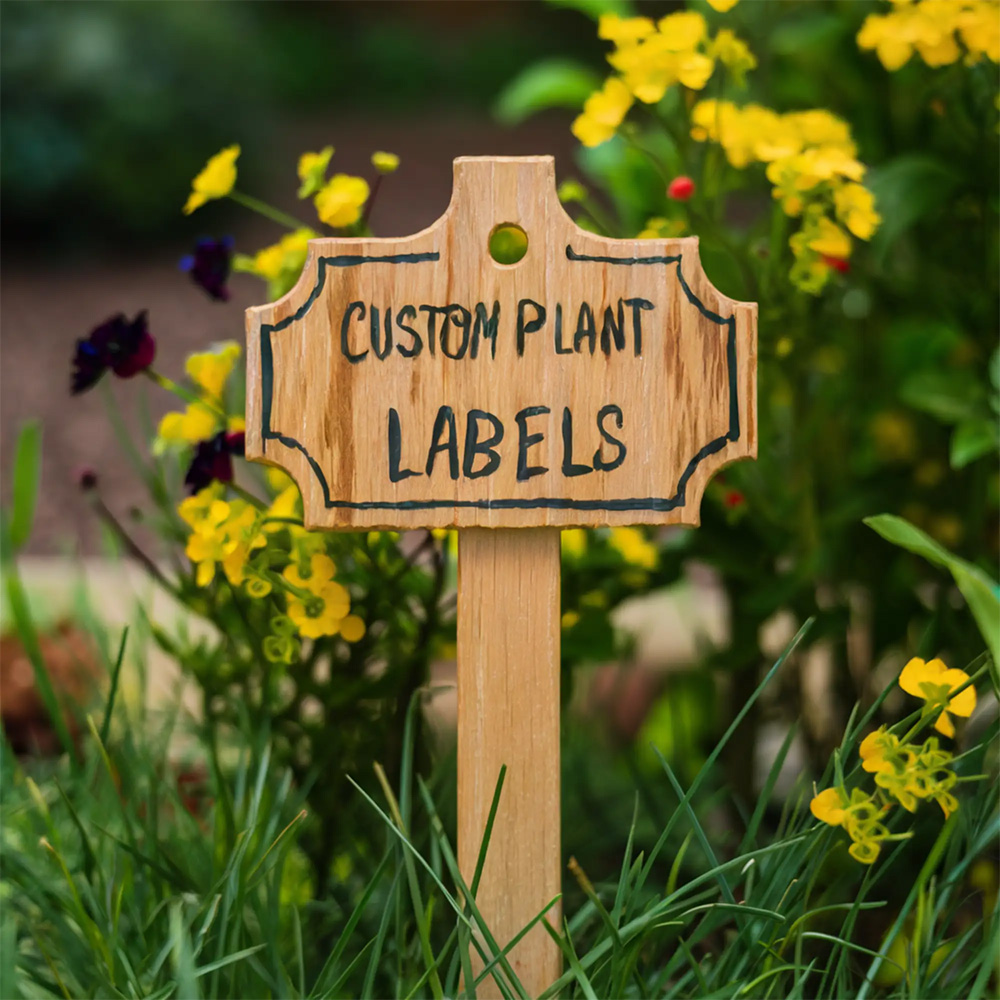
Get the latest information on plant labels and enhance your garden with our stylish, tailored solutions.
By applying a waterproof coating to your plant labels, you can protect them from weather-related damage and prolong their usability. Below, we’ll explore different methods and steps to waterproof your plant labels effectively.
Before you begin waterproofing your plant labels, gather the necessary materials. Start with the labels themselves, which can be made from paper, plastic, or metal. If you’re using paper labels, it’s important to apply a strong waterproof coating to prevent them from deteriorating. The most common waterproofing materials include:
Varnish: A transparent liquid used to add a protective layer to the surface of plant labels.
Polyurethane: A clear, durable coating that seals the labels and keeps moisture out.
Silicone-based spray or sealant: Ideal for plastic labels and offering a flexible waterproof layer.
Additionally, you’ll need a brush or applicator to apply the waterproofing material. If using a spray sealant, make sure you have an outdoor space or well-ventilated area to work in.
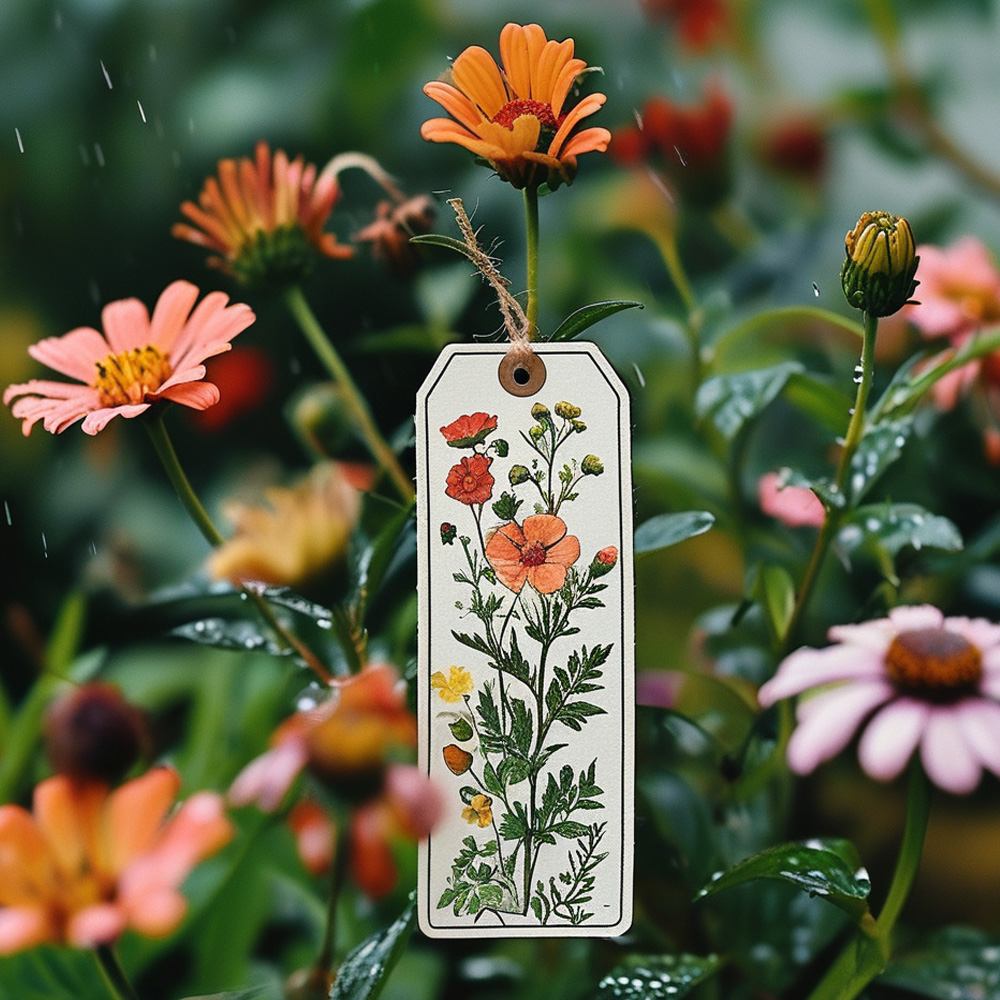
1. Prepare Your Labels
Before applying any waterproofing product, ensure that the plant labels are clean and free from dust or dirt. Wipe them down with a damp cloth and let them dry thoroughly. This will help the waterproofing material adhere better to the label surface.
2. Apply a Waterproof Coating
For Paper Labels: Use a brush to apply a thin, even layer of varnish or polyurethane over the entire surface of the label. Be sure to cover both the front and back. If using a spray sealant, hold the can about 8-10 inches away from the label and spray in a sweeping motion to coat it evenly.
For Plastic Labels: These are naturally more durable, but applying an additional silicone-based waterproof coating can help protect them from extreme weather. Use a spray sealant for an easy and uniform application.
Be careful not to overapply the product, as this can make the label bulky and hard to read.
3. Allow the Labels to Dry
After applying the waterproofing material, allow the labels to dry completely. The drying time will vary depending on the product used—some coatings may take a few minutes, while others can take up to an hour. Ensure they are fully dry before placing them outside in the garden.
4. Reapply as Needed
To maintain the waterproofing, you may need to reapply the coating periodically, especially if the labels are frequently exposed to rain or irrigation. Check them every few months to ensure the protection is holding up.
1. Use Outdoor-Grade Materials
For longer-lasting results, choose plant labels specifically designed for outdoor use. Materials like plastic, metal, or slate are less prone to damage from weather conditions compared to regular paper labels. Additionally, using labels that are UV-resistant can prevent fading caused by the sun.
2. Protect Labels with Covers
Consider placing your labels under a small shelter or using protective covers. Transparent plastic label holders can keep them dry and further enhance their longevity. These covers are especially useful for paper labels, offering an extra barrier against rain and moisture.
3. Use Permanent Ink or Waterproof Markers
Even with waterproofing, the writing on the label is just as important. Always use waterproof markers or permanent ink pens to write plant names and details. Standard markers can smudge or fade when exposed to water, rendering the labels useless despite the waterproof coating.
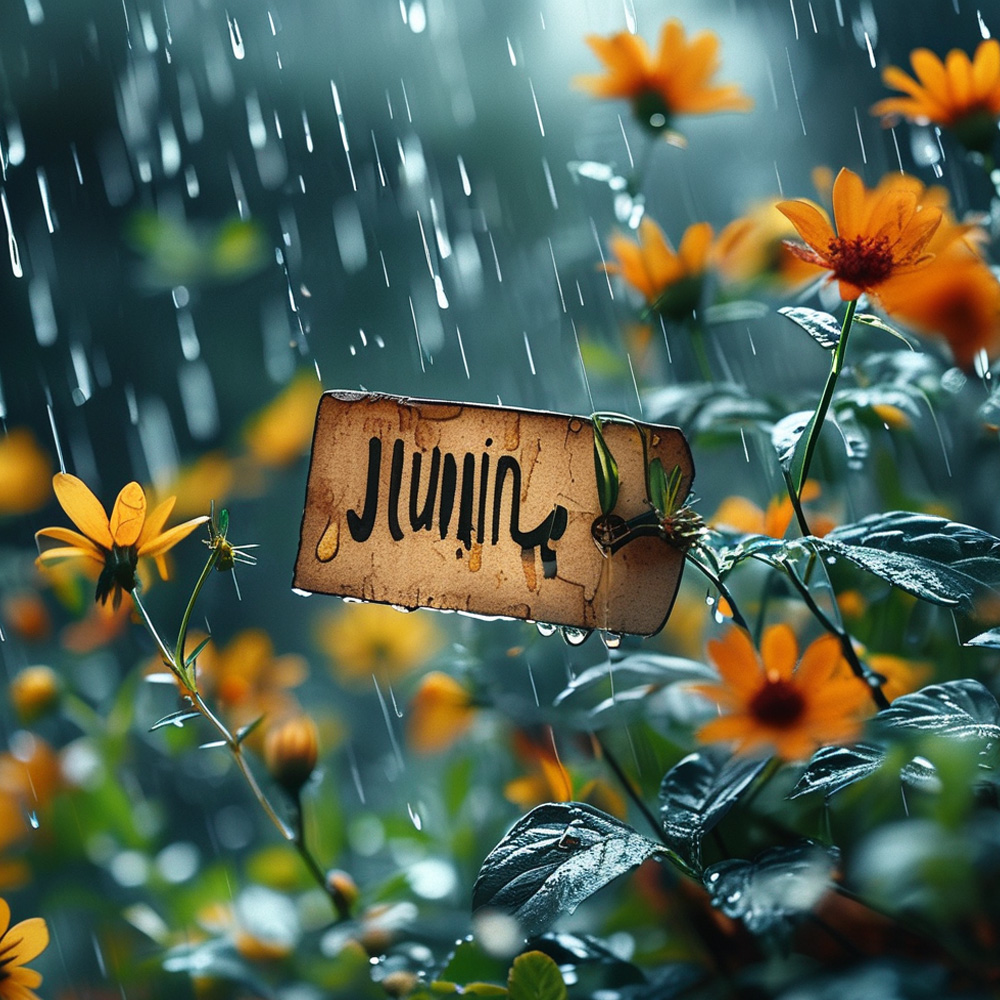
Where you place your plant labels can also influence how long they last. Avoid areas where the labels are directly exposed to heavy downpours or constant irrigation spray. Instead, position them near the base of the plant, under the shelter of leaves or in areas with better protection from the elements. If using stakes, make sure the label is securely fastened to avoid movement or bending during strong winds.
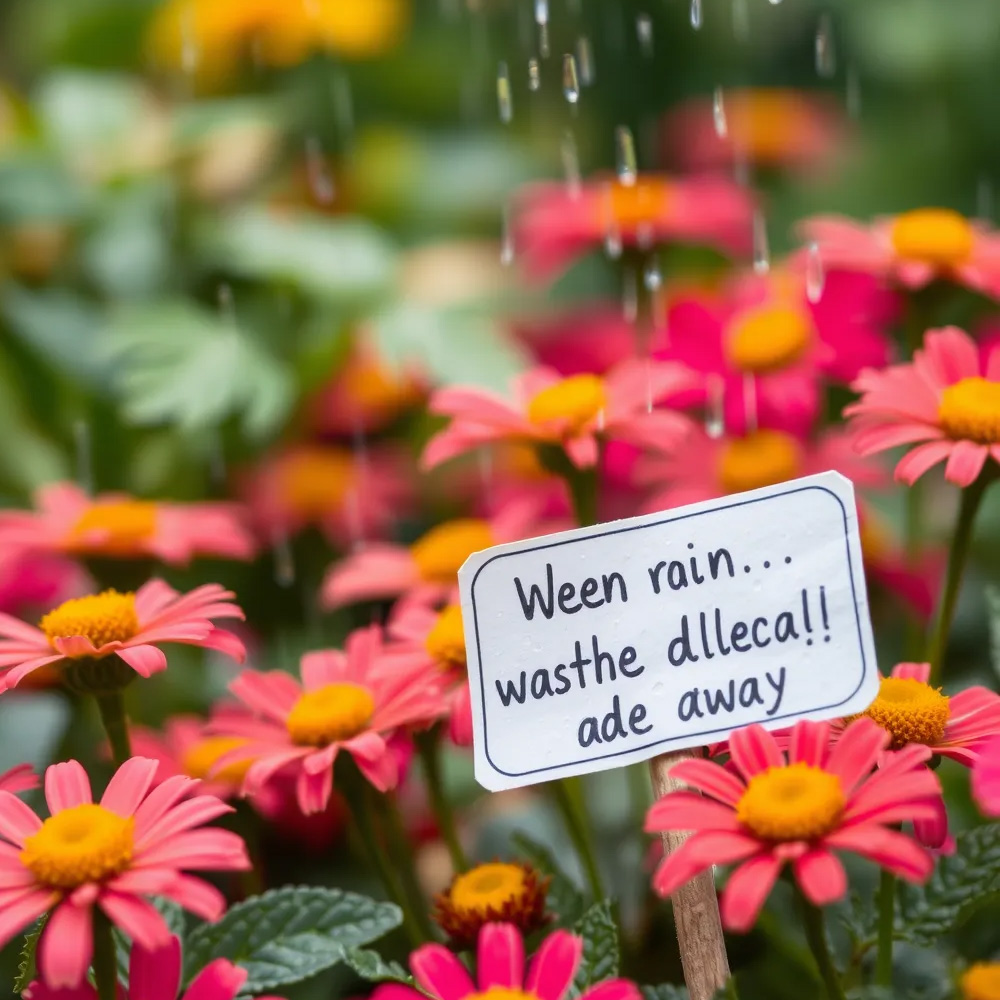
Waterproofing plant labels is a simple but essential task for keeping your garden organized and ensuring that your plant identifications remain clear and readable. By using materials like varnish, polyurethane, or silicone-based sealants and following the steps outlined above, you can create durable labels that withstand even harsh weather conditions. Additionally, choosing outdoor-friendly label materials and protecting them with covers or strategic placement will further extend their lifespan, allowing you to maintain a well-organized and thriving garden for years to come.
Get the latest information on plant labels and enhance your garden with our stylish, tailored solutions.
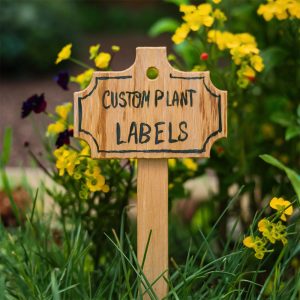
Are you tired of forgetting which plants are which in your garden? Plant labels are the unsung heroes of garden organization, helping both novice gardeners and experienced botanists keep track of their green companions.
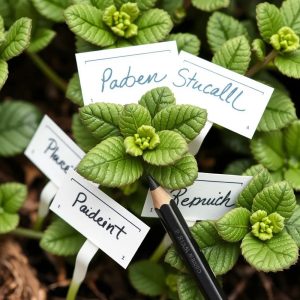
Gardening enthusiasts often find themselves faced with the challenge of labeling their plants in a way that is both durable and legible. The pencil you use plays a significant role in ensuring your garden labels can withstand the elements and stay readable over time.
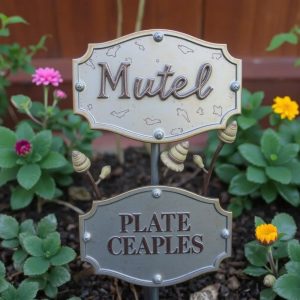
Metal garden decor, including metal plant labels, adds elegance and sophistication to any outdoor space, enhancing its overall aesthetic appeal. However, rust can quickly undermine the beauty and structural integrity of these decorative pieces.
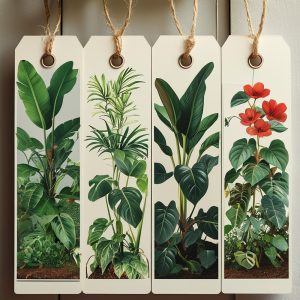
Plant labels play a crucial role in gardening, whether you’re a novice looking to keep track of your new plants or an experienced botanist identifying and categorizing species.
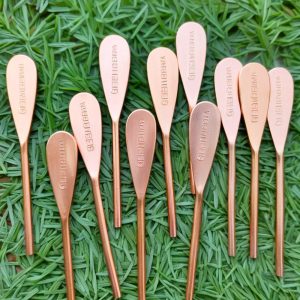
Copper plant markers are an excellent choice for gardeners who want a durable and aesthetically pleasing way to label their plants.
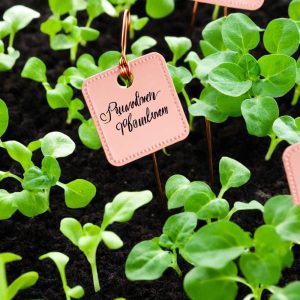
When it comes to writing on metal, enamel paint is a top choice specifically designed for this purpose.
Fill out the form below, and we will be in touch shortly.